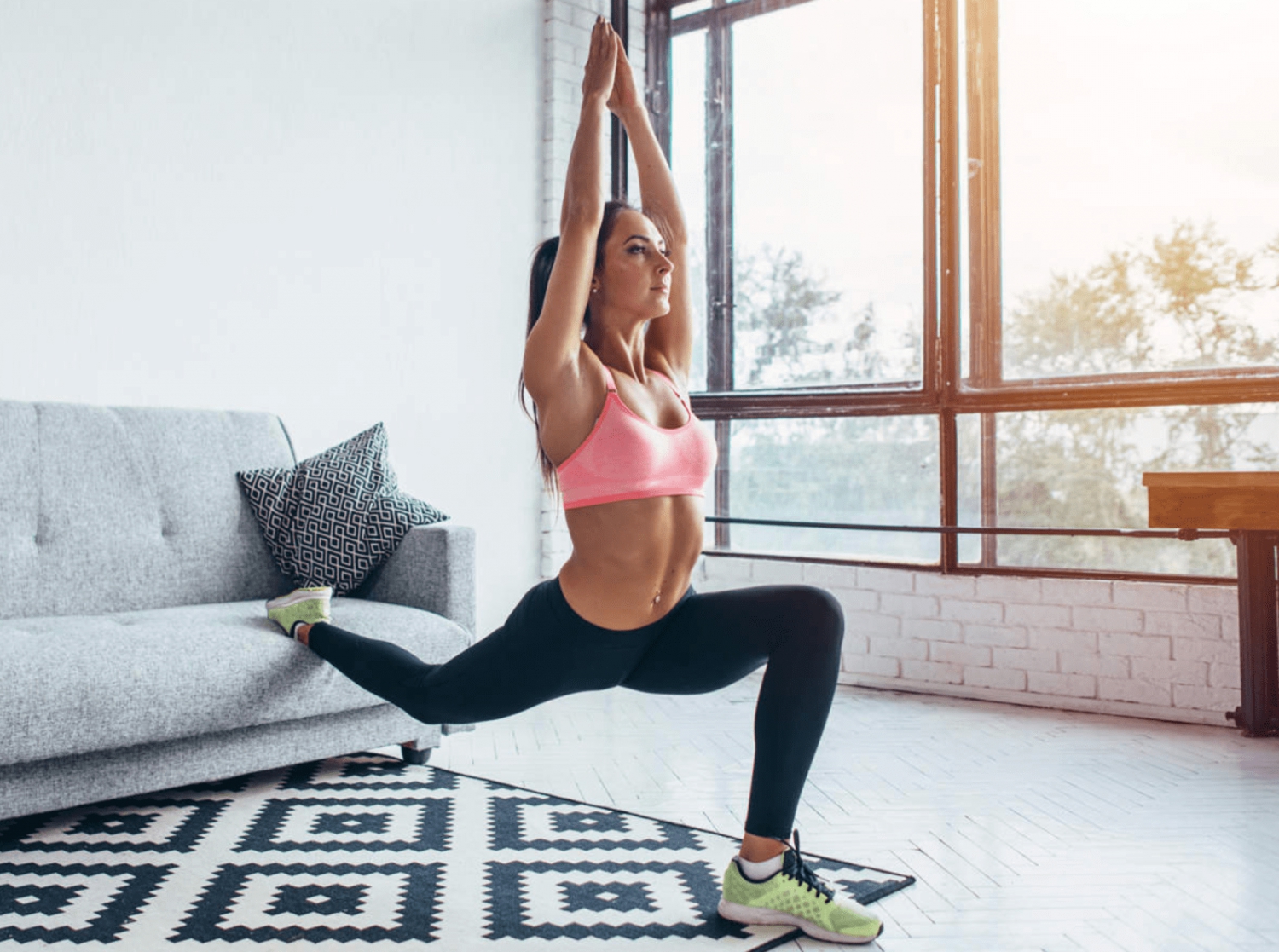Quarantine Fitness Exercises
Book Top Experiences and Tours in Cuba:
If youʻre booking your trip to Cuba last minute, we have you covered. Below are some of the top tours and experiences!- World Of Controls
- 7 Days Jewish Heritage tours from Casablanca
- Private City Highlights Shore Excursion & Guided Tour
This time and intervals of days, would be mandatory for all those people who do not do sport regularly but, in exceptional situations such as the current quarantine, need to activate, especially considering that being locked up at home, besides making us neglect the physical activity in general, can also make us increase the consumption of less healthy food, which makes us take weight easily.
For those who do sport constantly and do daily training at high or very high intensity, Torres' advice is to increase the times and days of training at home: "For them, the minimum time will be 40 minutes, in which a complete session will be carried out, including mobility, active training and a return to calm".
Will I lose my fitness?
It is important to bear in mind that "in a situation as extraordinary as the one we are experiencing, we must not become obsessed with improving or exceeding the objectives set for each person, but we must be aware of the limitations we have when we are at home, without being able to go out, and also that we cannot leave the body exhausted", he warns. Now more than ever, "the immune system must be strong in order to fight possible infections such as the coronavirus, and we can't let our defenses down. Therefore, another piece of advice from Torres is to "always carry out physical activities at a medium-low level and not intensely, to avoid extreme tiredness".
Another thing is those who never exercise and now, less. "If a person is not very constant during the year and has to stay locked up at home, without even the movement of going to work or shopping, the thing is more complex since this type of person tends to be even more careless than the rest and fall into absolute sedentarism which leaves them more exposed to any kind of external threat", he warns. That is why it is so important to move around, even when you are locked up at home.
This "loss" of shape is related to the overall physical state but what about each part of the body? Is it easier to lose the physical shape of the arms than the legs or the abdomen? To these questions Torres is blunt: "Fat is not lost or gained in areas, but lost or gained in the whole body equally".
What is true, according to the physical trainer, is that "some people tend to accumulate more fat in some areas than in others, but there are no parts that lose more shape than others". If the body loses shape, it loses shape in all parts of the body, although, by size, "the effect will be felt more in the large muscle groups (legs or back) than in the small ones (biceps or shoulder)".
In the opinion of Casaña Granell, "those people who are sitting or lying down for longer lose more in the part of the legs due to disuse". Another body area prone to loss of shape for this reason is "the central muscles of the trunk (abdominals and lumbar)".
Simple exercises and only with our body
As mentioned before, 20 minutes a day is enough to get in shape, but how? which exercises? Torres proposes a very simple workout without equipment, to be able to do at home, using only our body weight.
So, the exercises would be:
- Squat.
- Background with or without supported knees.
- Stride on the site, without advancing.
- Abdominal plate on forearms and with the tip of the feet supported, with the knees totally blocked and maintaining a well marked pelvic retroversion.
After finishing each one of them, "you will rest for a full minute", explains Torres in detail. In total, there are 20 minutes of exercises, during which time "an average intensity will be maintained".
It's an ideal routine for people who train daily and for those who never do. In each case, the repetitions will vary. Thus, "a trained person will do many more repetitions than one who is not trained," he says. In the case of the latter, they will be able to repeat the training on alternate days, that is, Monday, Wednesday and Friday.
On the other hand, those who are in better shape will be able to do it every day of the week. In any case, "you should always perform a simple mobility of all parts of the body and joints to be trained, to warm up before the routine and avoid injuries," he says.
Casaña Granell proposes another alternative of exercises:
- Get up and sit on the chair or squats
- Leaning on the table, tiptoeing
- Lying down on the ground, perform leg lifts
- Lying sideways on the ground, raise your legs
- Leaning on the wall, bed or floor doing push-ups
- Strides
- Abdominal plates
- Arm lifts with a weight (water bottle, rice package)
- Push ups with a weight (water bottle, rice package)
- Side shoulder lifts with a weight (water bottle, rice package)
































